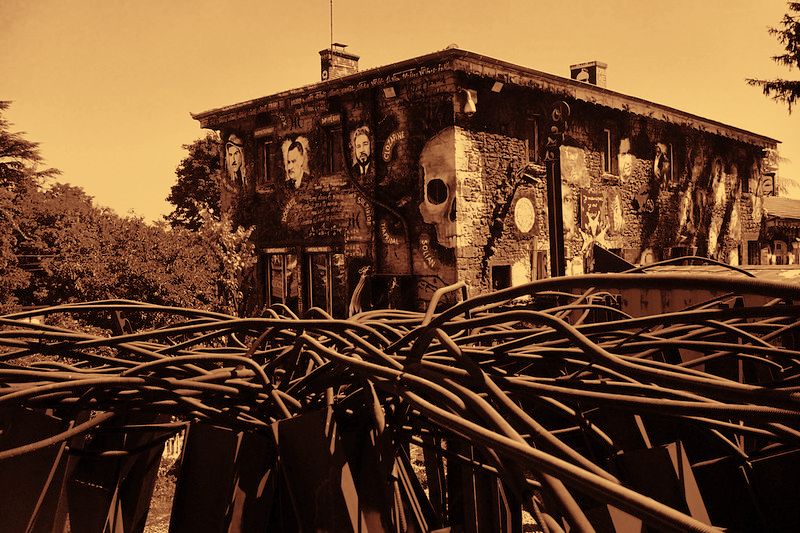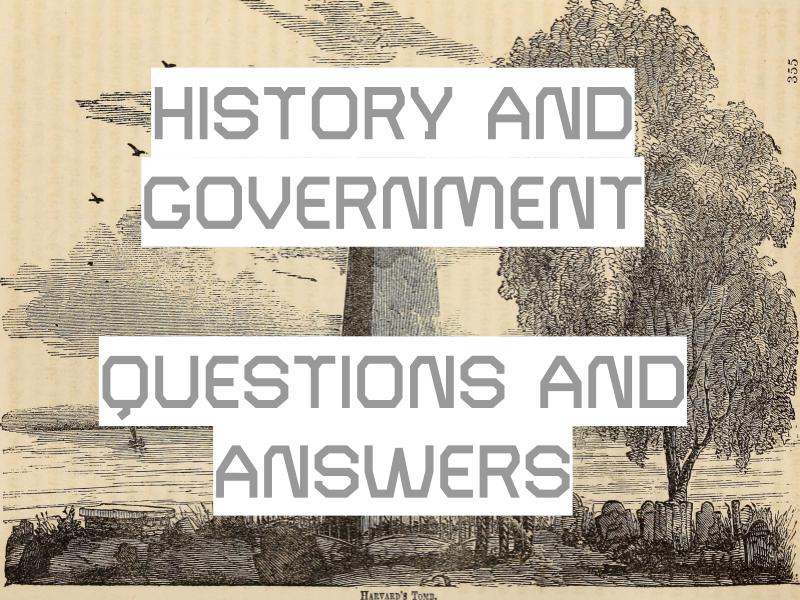|
[1991 Q26.(a)]
(a) State five causes of the Second World War
[1991 Q26.(b)]
(b) Explain five effects of the Second World War on Europe
[1997 Q14]
What event prompted the United States of America (USA) to join the First World War in 1917?
[1998 Q16]
Give two reasons why the Central Powers were defeated in the first World War
[1999 Q16]
State one problem which faced the League of Nations
[2000 Q14]
State two economic challenges which Tanzania has faced since independence
[2001 Q11,24]
(11) Identify two factors that undermined the effectiveness of the League of Nations
[2001 Q 11, 24]
24. (a) Why was the United States of America (USA) reluctant to join the First World war during the initial stage?
[2001 Q 11, 24]
24. (b) Describe the results of the Second World War
[2002 Q14, 15]
(14) Give the main reason why the League of Nations was formed in 1919
To prevent the occurrences of another world war/to maintain world peace
[2002 Q14, 15]
(15) State the main cause of the cold war
Ideological differences between the USA and USSR/Division of the world into two opposing blocs, capitalist and communist
[2002 Q23]
(a) Describe three factors that enabled the allied powers to win the second World War
[2002 Q23]
(b) Explain the results of the Second World War
[2003 Q15, 16]
15. State two ways in which the treaty of Versailles signed in 1919 affected Germany
[2003 Q15, 16]
16. Identify one leader who was a founder member of the non-aligned movement
[2004 Q16]
Give one factor that led to the end of the cold war
[2004 Q23]
(a) What were the causes of the first World War (1914 – 1918)
[2004 Q23]
(b) Discuss the results of the First World War (1914 – 1918)
[2005 Q23]
(a) What were the results of the bombing of Nagasaki and Hiroshima in Japan in 1945
[2005 Q23]
(b) Explain six factors which contributed to the rise of Japan as an industrial power after the second world war
[2006 Q14]
Give the main reason for the failure of the League of Nations
The rearmament of Germany
[2007 Q13]
Identify the immediate cause of the First World War
Assassination of Archduke Franz Ferdinand of Austria and his wife in Sarjevo
[2007 Q22]
(a) Identify three terms of the Treaty of Versailles of 1919
[2007 Q22]
(b) Give six reasons why the Central Powers were defeated in the First World War
[2008 Q14]
State two economic results of the second World War
[2008 Q21]
a) Give two achievements of the League of Nations between 1919 and 1939
[2008 Q21]
b) Why did the League of Nations fail to maintain World peace
[2009 Q15]
Identify one super power that was involved in the cold war
[2009 Q22]
(a) List three European countries that formed the triple alliance before the out break of the second world war
[2009 Q22]
(b) Describe six functions of the general Assembly of United Nations (U.N)
[2010 Q13]
Identify two economic results of the First World War
[2010 Q23]
a) State the role played by United State of America in ending the Second World War
[2010 Q23]
b) Explain six causes of the Cold War after 1945
[2011 Q12]
Give the main reason for the formation of the League of Nations in 1919
To promote/ sustain world peace / security
[2012 Q12 P2]
State one way in which the rise of dictators in Europe contribute to the outbreak of the Second World War
[2013 Q13 P2]
Identify two roles played by ex-war soldiers in the growth of African nationalism after 1945
[2013 Q14 P2]
Highlight one way in which economic rivalries between European powers contributed to the outbreak of the first world war
[2013 Q15 P2]
Give the main incident which made Japan to surrender unconditionally to the allied powers in 1945
The dropping of the atomic bomb on Hiroshima and Nagasaki in 1945.
[2013 Q16 P2]
State two factors which promote economic relations between nations
[2013 Q17 P2]
State two ways in which Non-Aligned members safeguard their national security
[2014 Q16 P2]
Name the country that was blamed for the outbreak of the First World War
Germany
[2014 Q17 P2]
Give the main reason why the United States of America adopted the Marshall plan after the Second World War
In order to influence many countries adopt capitalist ideology/economic recovery in Europe
[2015 Q23(a) P2]
Give three reasons why the United States of America did not join the First World War until 1917
[2015 Q23(b) P2]
Explain six effects of the First World War
[2016 Q16 P2]
Identify the country that was blamed for the outbreak of the First World War
Germany
[2016 Q17 P2]
Mention two ways in which Non-Aligned members safeguarded their National Security
[2016 Q23(a) P2]
Highlight the role played by the United States of America (USA) in ending the second World War
[2016 Q23(b) P2]
Describe six causes of the cold war after 1945
[2017 Q13 P2]
Two nations which belonged to the Triple Entente during the First World War
[2017 Q22.(a) P2]
Three political causes of the First World War
[2017 Q22.(b) P2]
Six effects of Second World War
[2018 Q7 P2]
Give the main reason why the European countries formed alliances before the outbreak of the First World War
To assist/help each other in case of military attack on any of their members
[2018 Q10 P2]
Name the two financial institutions which were established by the United Nations after Second World War
[2018 Q16 P2]
State one way in which Angola was affected by the Cold War
[2018 Q22.(a) P2]
Identify the three countries that formed Triple Alliance before the outbreak of the First World War
[2018 Q22.(b) P2]
Explain why the Allied powers were able to defeat the Central powers during the First World War
Keep checking this page for future updates. Next updates will be on Dec. 2020
2 Comments
|
Archives
May 2024
Categories
All
|
Can't find what you are looking for? Don't worry, Use the Search Box Below.
|
Primary Resources
College Resources
|
Secondary Resources
|
Contact Us
Manyam Franchise
P.O Box 1189 - 40200 Kisii Tel: 0728 450 424 Tel: 0738 619 279 E-mail - sales@manyamfranchise.com |


 RSS Feed
RSS Feed

